KNIGHTSTOWN, Ind. – The Carthage, Knightstown & Shirley Railroad has shut down, at least for now. The 5-mile line between Knightstown and Carthage is part of a former New York Central secondary line that ran south from Michigan to Louisville, Ky. The railroad hauled freight for a time, but once the former Pennsylvania Railroad Pittsburgh-Indianapolis […]
Magazine: Trains Magazine
Tightening up before taking off
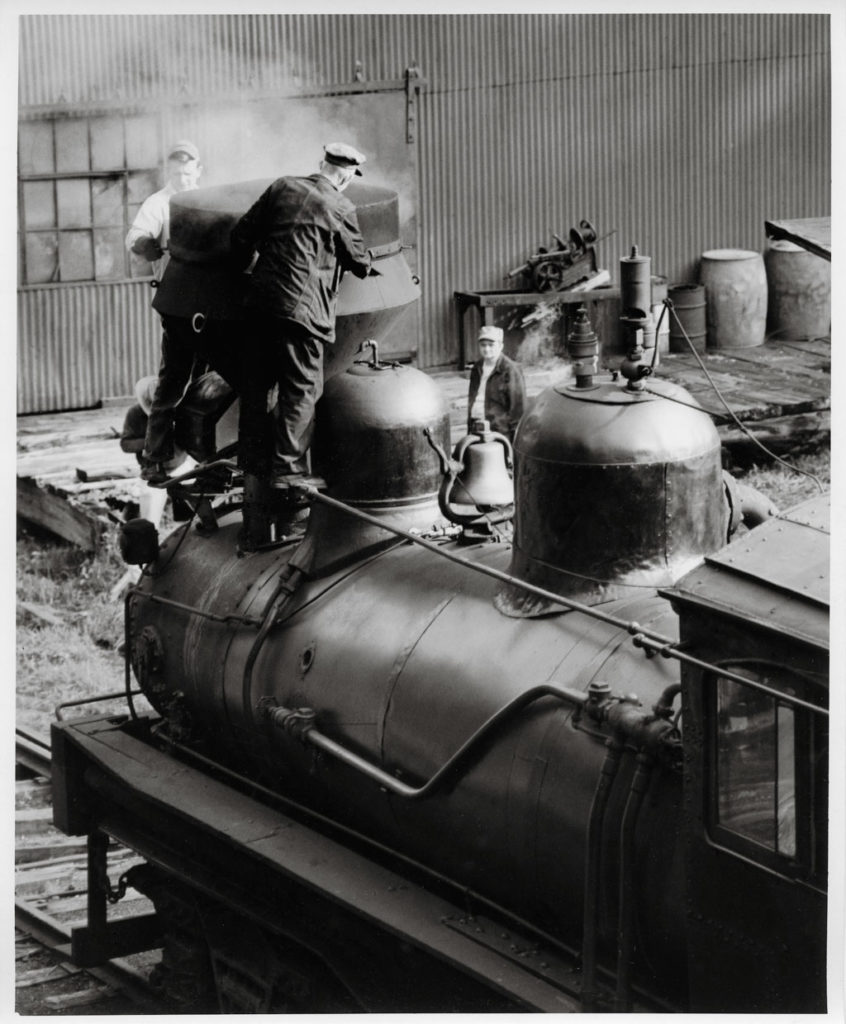
The crew of Cass Scenic Railroad Shay No. 4 attaches the spark arrester to the diamond stack before the day’s run in the early 1970s. Check out more Cass and West Virginia coverage in the August 2013 issue of Trains magazine. Photo by J.J. Young Jr. […]
Texas Big Boy makes final move to new museum site NEWSWIRE
FRISCO, Texas – Former Union Pacific 4-8-8-4 Big Boy No. 4018 finally reached the Museum of the American Railroad’s new site in Frisco on Sunday. The locomotive had been moved from Dallas to Irving on Aug. 18. Due to the late hour of arrival in Irving, officials decided to tie the train down for the […]
Trains exclusive: Union Pacific Big Boy search began two years ago, led to 4014 NEWSWIRE
LOS ANGELES — Union Pacific’s quest to return one of its famous 4-8-8-4 Big Boy locomotives to steam began about two years ago and soon focused on No. 4014. That rebuild could take five years or more to complete, as Trains News Wire learned in a wide-ranging interview with UP’s steam chief. He says the […]
Flying high
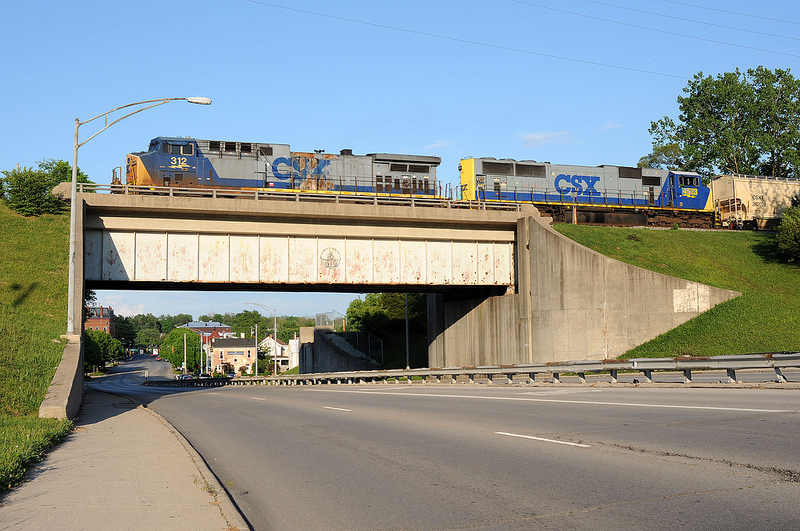
A southbound grain train flies through Sidney, Ohio, on an elevated right-of-way built by predecessor Baltimore & Ohio, on May 10, 2012. The train is crossing Ohio Route 47 on the west side of downtown. Photo by Brian Schmidt […]
Rolling Stones Web Gallery and Map
FULL SCREEN Todd Atkinson CSX Transportation No. 2477, an SD50-2, leads an empty westbound stone train across the Little Kanawha River Bridge at Parkersburg, W.Va., on March 2, 2007. In the background, a loaded CSX coal train crosses the Ohio River bridge that was once part of the Baltimore & Ohio’s main line to St. […]
Union Pacific Big Boy: The rebirth of a legend NEWSWIRE
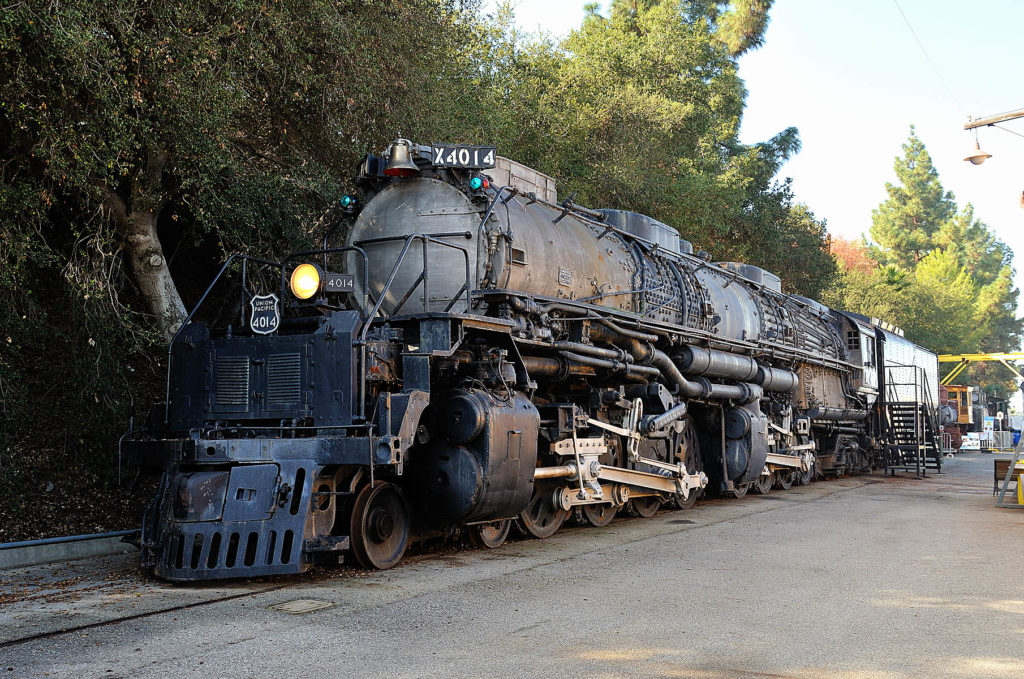
Union Pacific 4-8-8-4 Big Boy No. 4014 on display at the Los Angeles County Fairgrounds in Pomona, Calif., in December 2012. David Lustig Through the 1940s and 1950s, Union Pacific’s 25 4-8-8-4 Big Boys symbolized powerful, big-time railroading in the wide-open American West. Now, Union Pacific is bringing one of these legendary locomotives, No. 4014, […]
Big Boy story began in 1940
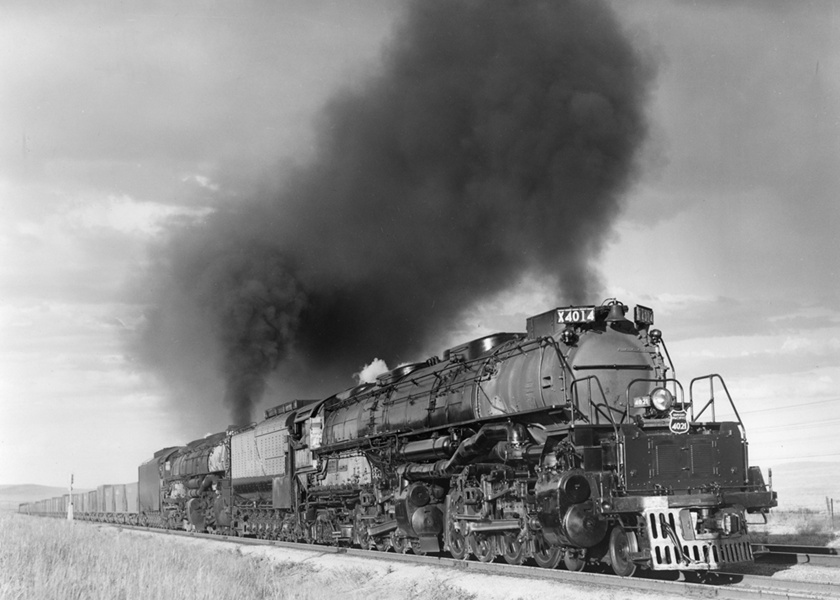
No. 4014 climbing Wyoming’s Sherman Hill, behind helper No. 4021, on June 25, 1949. R.H. Kindig When Union Pacific 4-8-8-4 Big Boy No. 4014 takes to the rails again following restoration by Union Pacific, admirers of the huge machine would do well to remember two names: Otto Jabelmann and William Jeffers. It was Jeffers who, […]
Model Railroader, August 2013
[…]
Trains, August 2013
[…]
Abilene & Smoky Valley Railroad rejects grant NEWSWIRE
ABILENE, Kan. – A $500,000 grant from the federal government to repair a bridge on the Abilene & Smoky Valley tourist railroad has been rejected and returned to the government. The grant through the Kansas Department of Transportation was requested by the Dickinson County Commission to repair the railroad’s bridge across the Smoky Hill River. […]
Drew’s Trackside Adventures: Episode 7 – Trempealeau Wisconsin
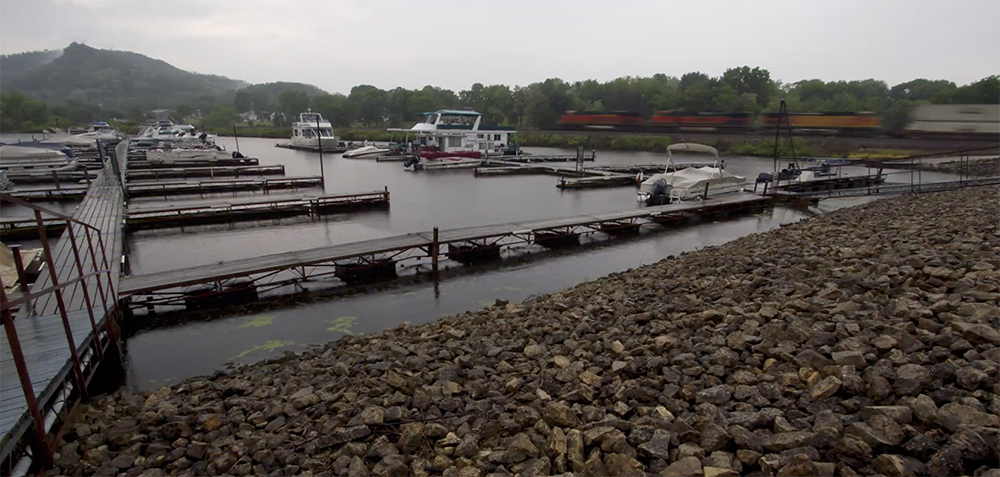
Drew is off on a summer railfan road trip, this time to Alma and Trempealeau, Wis., along the Mississippi River. In this episode, Drew shares a lot of great shots of BNSF Railway trains, gives you a few camera tips, and looks at a couple of things you may want to add to your model […]
